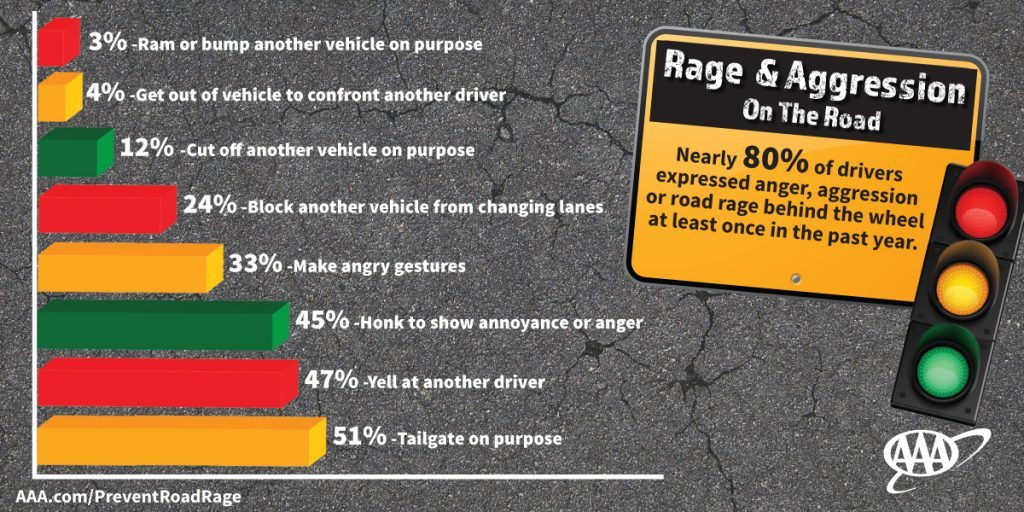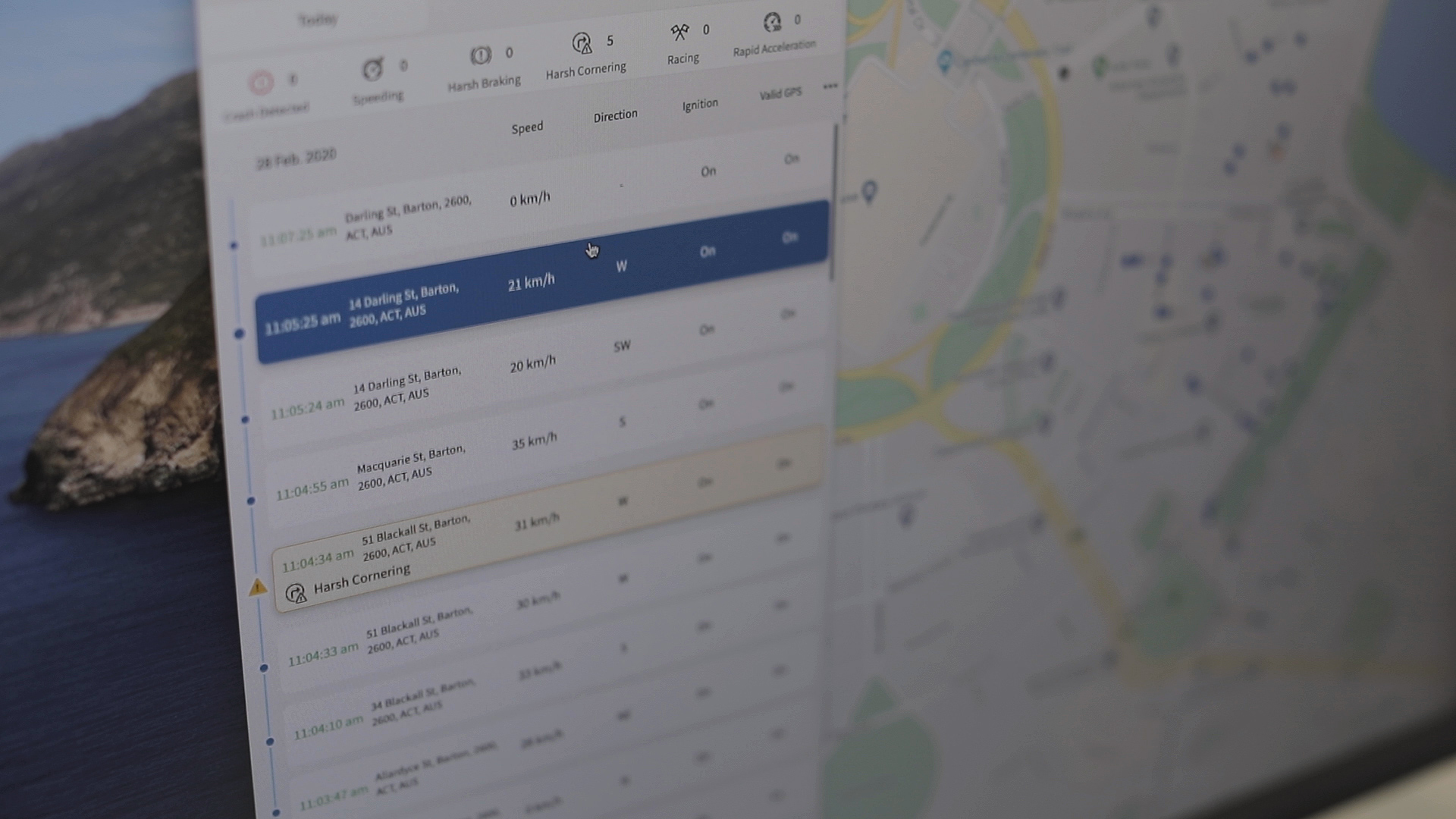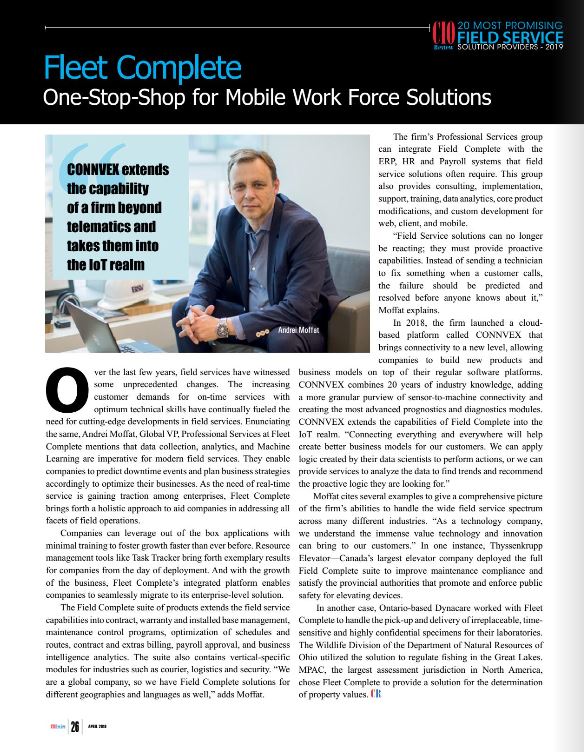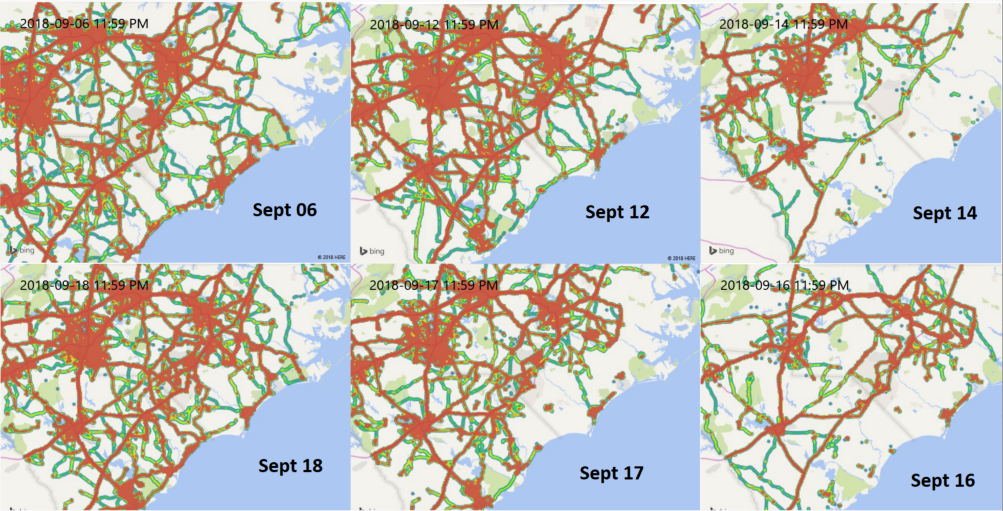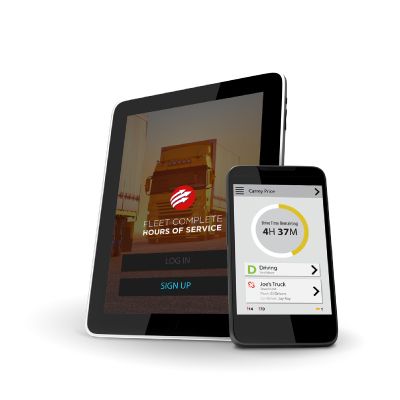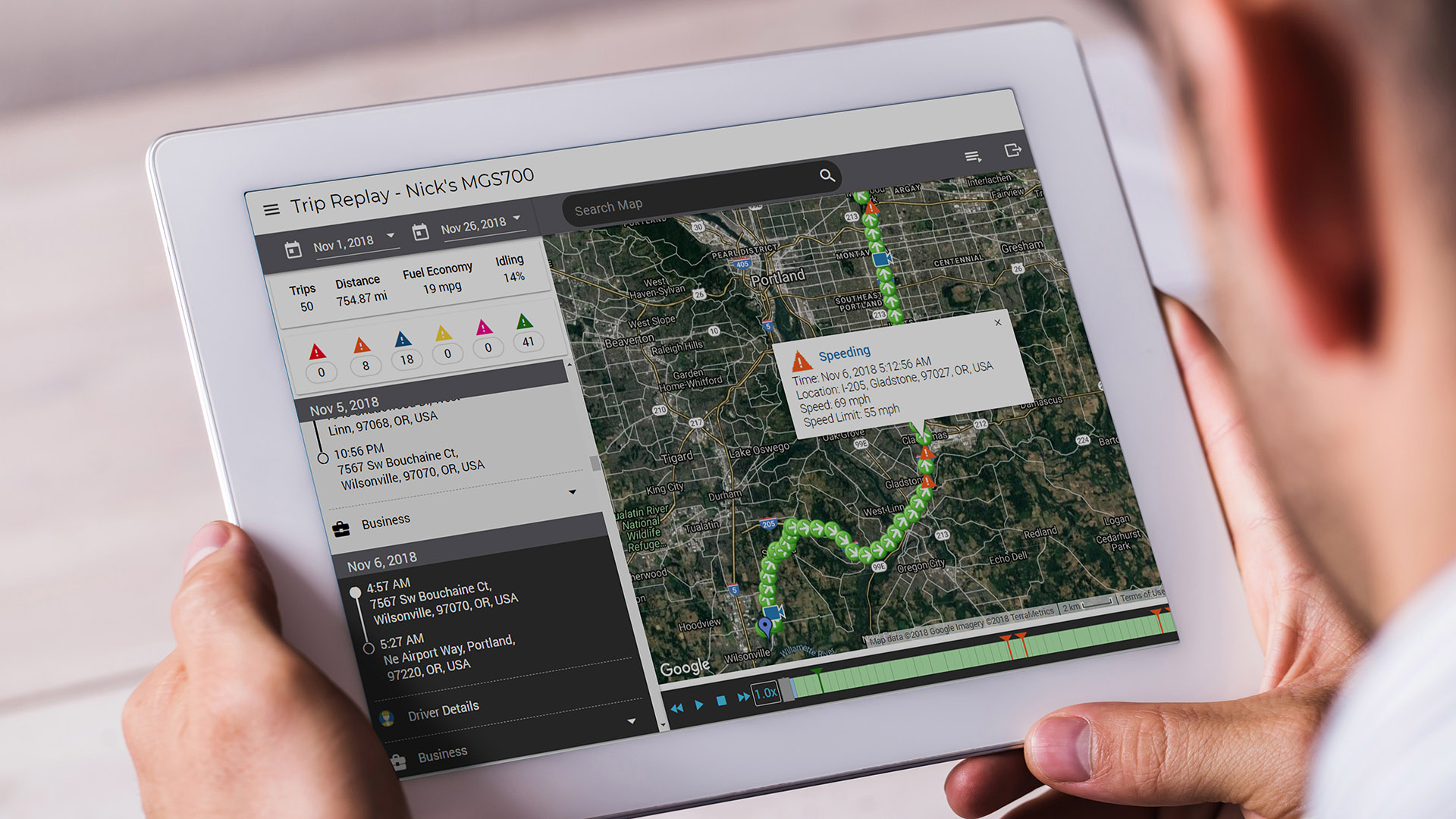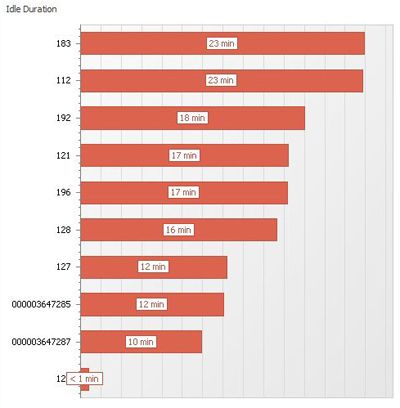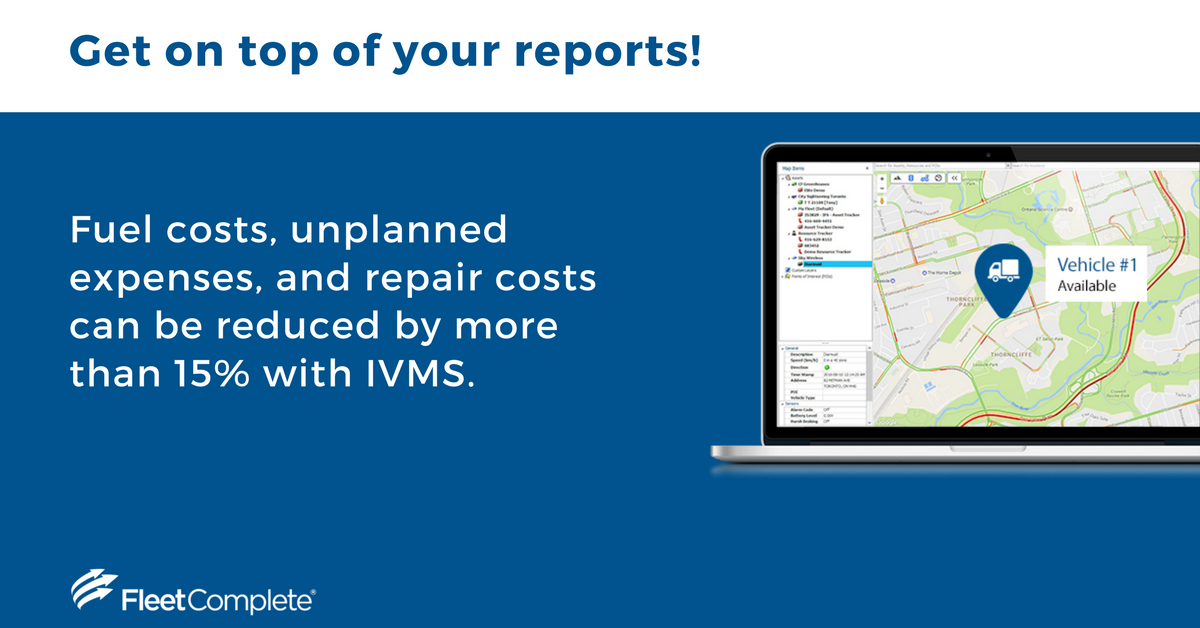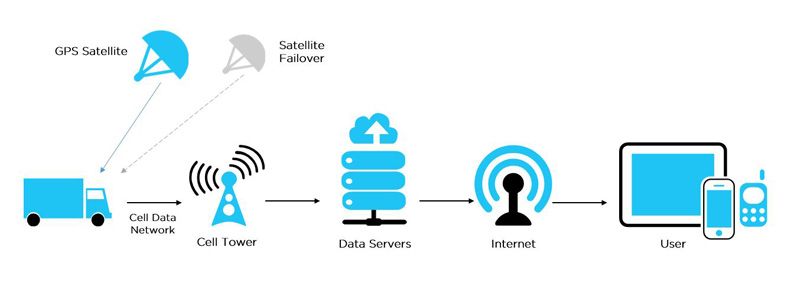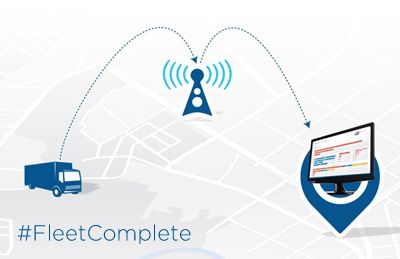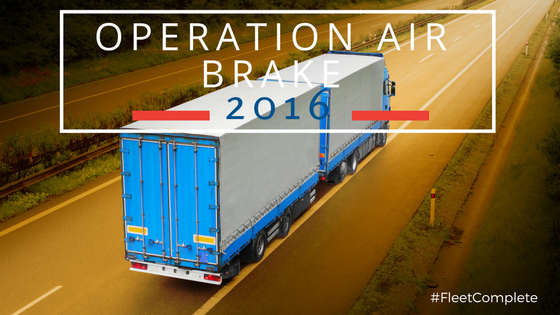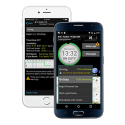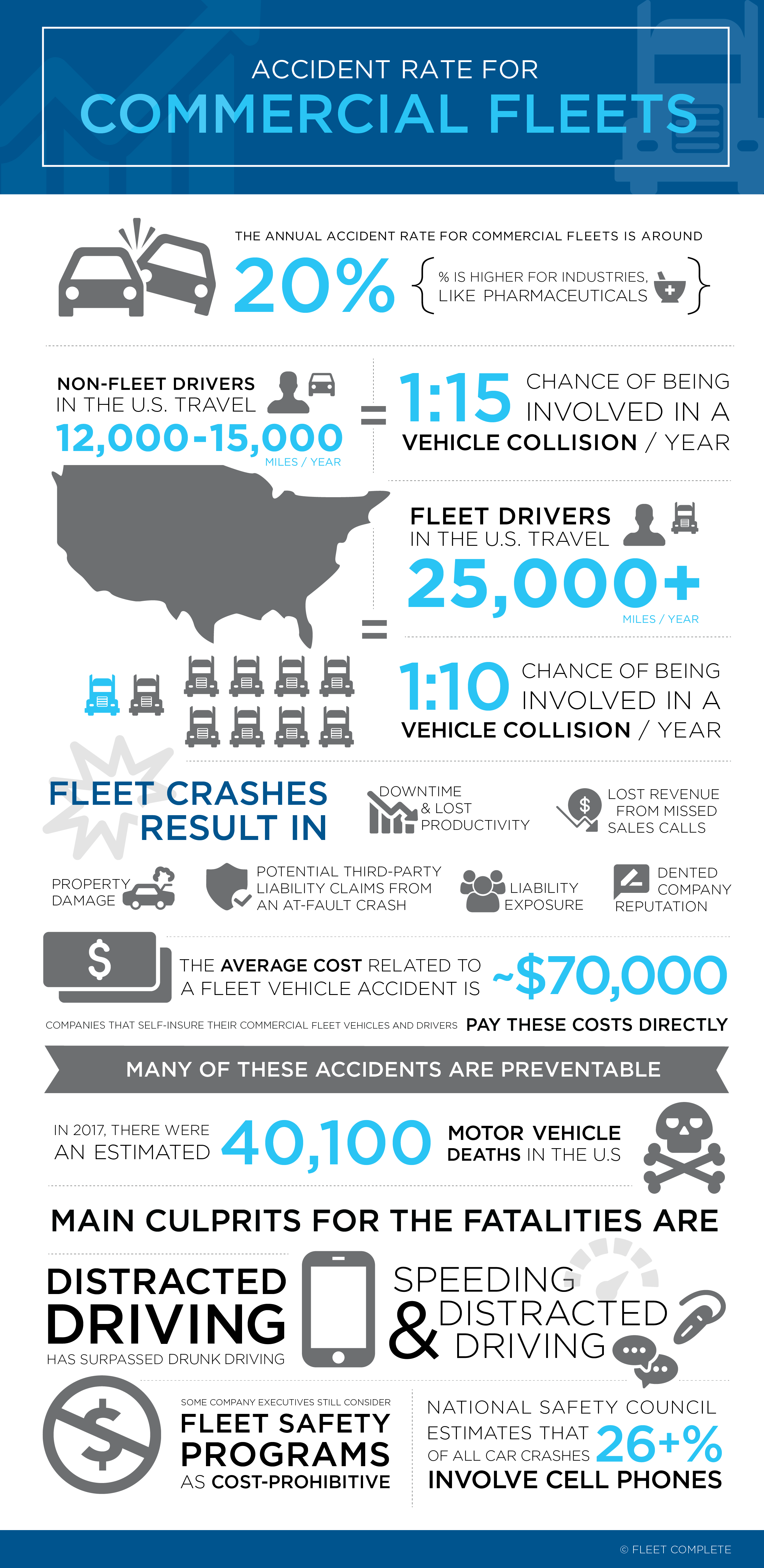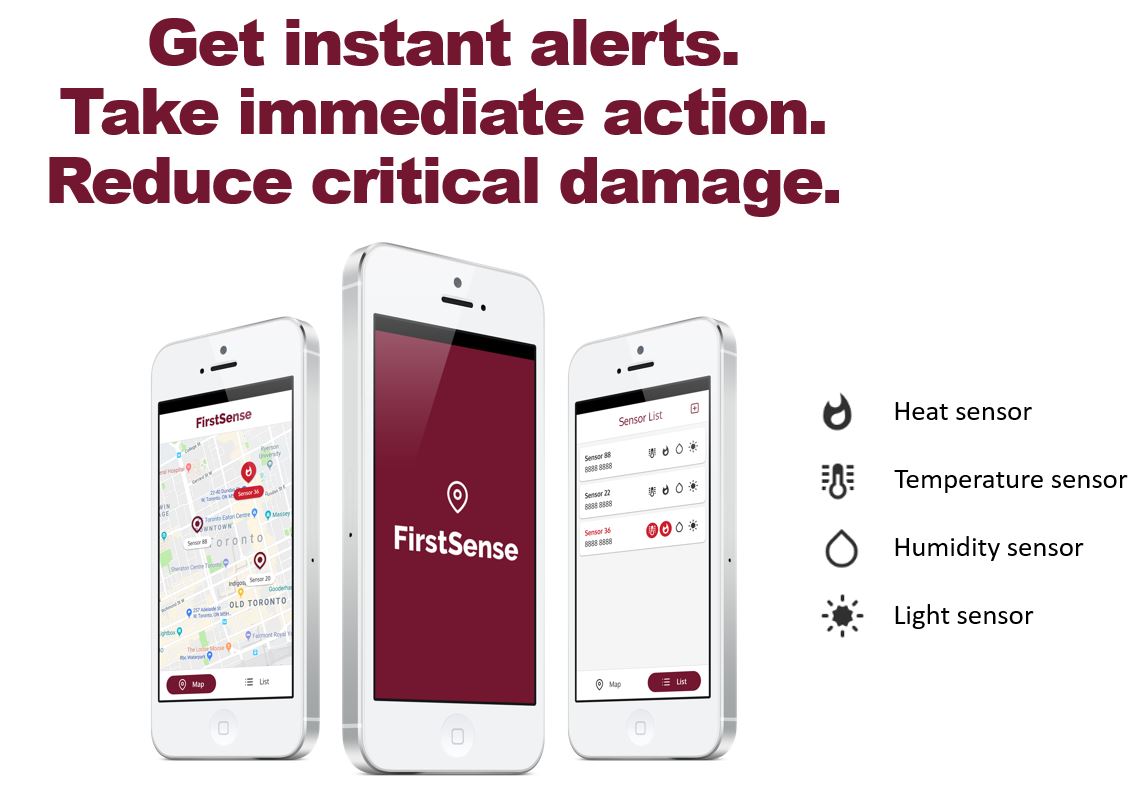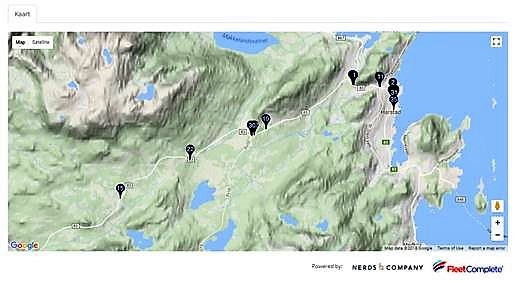Aggressive driving is one of the leading causes of injury on the road—and unfortunately, it’s on the rise. In fact, according to the WHO, road traffic injuries are predicted to become the fifth leading cause of death by 2030, up from ninth in 2013. What do these kinds of figures mean for you and your fleet?
Below, we’ll take a look at what aggressive driving is, why it matters—and what you can do to help your team reduce incidents within your fleet.
What Counts as Aggressive Driving?
According to the NHTSA, aggressive driving is the “The operation of a motor vehicle in a manner that endangers or is likely to endanger persons or property.” It includes speeding, swerving, hard braking, lane blocking, tailgating, honking unnecessarily, and displaying anger.
Aggressive driving contributes to a significant number of crashes every year, some of which are fatal, sadly. According to one source, there were reportedly 80 fatal accidents linked to aggressive driving and road rage in the US in 2006. This rose by 500% to 467 in just nine years.
Aggressive driving can be extremely dangerous to the driver and the public. For fleet companies, poor driving can damage the company’s reputation, the vehicles, and the cargo itself. It’s also a potential traffic violation. Repeat offenses could negatively impact your company’s bottom line, not to mention the career of the individual in question.
Poor driving can also be factored into your fleet’s Compliance, Safety, Accountability (CSA) score. The higher the score, the more likely the FMCSA rates you to be involved in an incident. This could lead to increased scrutiny, including more frequent inspections, audits, and higher insurance premiums.
How to End Aggressive Driving Behaviors
1. Create a Driver Management Program
Driver performance management tools promote appropriate driving habits and help to prevent accidents.
Powerfleet (formerly Fleet Complete) can help with this by recording driving behaviors that could compromise your fleet safety and cause vehicle wear and tear, such as speeding or harsh braking. Managers and supervisors can access this information remotely. Over time, you can identify patterns to see what triggers aggressive driving—which makes it easier to provide training and, if necessary, disciplinary action to repeat offenders.
Powerfleet’s (formerly Fleet Complete) video coaching solution for drivers has a real-time voice feedback that helps build awareness of dangerous behaviors. In-cabin audible alerts notify the individual in the case of acceleration, cornering, harsh braking or speeding events, helping them to adapt and improve their driving habits while they work.
2. Leverage Dash Cams
Video dashcams can help fleet managers identify the severity of an incident and better understand the context.
For example, a driver may be forced to swerve or brake suddenly if they themselves are cut off by an aggressive driver. With dashcams, drivers can defend themselves against claims of fault by showing the context of their maneuver, while fleet managers can use the footage to back them up in the face of legal action or an insurance claim.
3. Improve Stress & Fatigue Levels
Too much time on the road can lead to stress, which is a leading cause of aggressive driving. According to one study, “High anger drivers drove at higher speeds in low impedance simulations and had shorter times and distances to collision.” The report adds that they were “twice as likely to crash in high impedance simulations.”
Stressed drivers are more likely to drive aggressively or react poorly. Encourage a good line of communication between your field team and the fleet manager, so that drivers can report issues or scheduling concerns – and fleet managers can watch out for signs of stress.
In addition to stress, fatigue is another leading cause of road incidents. The Federal Motor Carrier Safety Administration found instances of crashes dramatically increase the more fatigued a driver is. With Powerfleet (formerly Fleet Complete), you can monitor work hours and ensure drivers are not breaking the hours of service regulations and exceeding limits.

4. Educate Your Drivers
As well as monitoring performance, it’s important to encourage self-awareness among the drivers themselves. Educate your team about the dangers of stress and fatigue and help them learn to manage their own reactions more effectively.
Your fleet manager can teach them how to calm down quickly and appropriately in the face of a stressful situation. According to a 2019 survey among drivers, the most popular non-harmful methods for calming down include:
- 62% suggested listening to music
- 23% think of something else
- 22% take a few deep breaths
In addition, the AAA Foundation for Traffic Safety recommends putting yourself in the other driver’s shoes, avoiding eye contact and, if temper is a regular problem, going to an anger management course.
The more you do to monitor and manage your drivers’ stress, the better. Likewise, the more a driver is able to recognize their own aggressive driving behaviors, the safer they—and other road users—will be.
If you found this article helpful, please share it!

